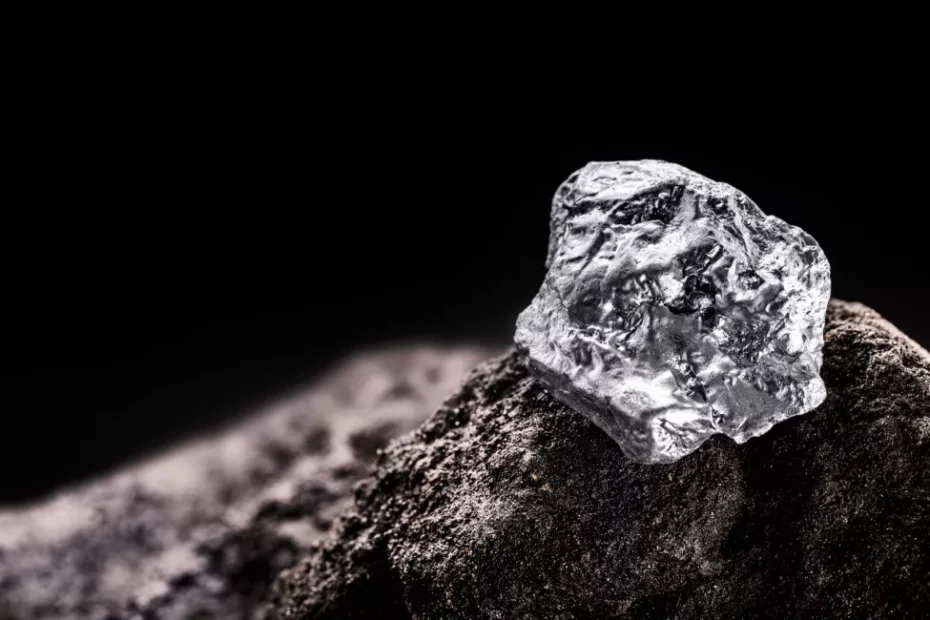Discovery of Platinum:
1. Ancient Times: Platinum’s history dates back to ancient times, but it was not recognized as a distinct metal until much later. Pre-Columbian South American civilizations, such as the Moche culture in present-day Peru (around 100 AD to 800 AD), were known to have used platinum in jewelry and artifacts.
2. European Discovery: Platinum was rediscovered by European explorers during the early 16th century. The Spanish conquistadors, led by Antonio de Ulloa and Jorge Juan, arrived in present-day Colombia in 1735 and observed indigenous people using platinum in their jewelry-making. They brought samples of the metal back to Spain for further study.
3. Naming and Recognition: In the 18th century, Swedish scientist and mineralogist, Carl von Sickingen, studied platinum samples brought from South America and named it “platina,” which means “little silver” in Spanish. This name reflected its silver-like appearance but was also used to distinguish it from silver.
Composition and Properties: Platinum is a chemical element with the symbol Pt and atomic number 78. It belongs to the platinum group metals (PGMs) and has a silvery-white color. Platinum is dense, malleable, and resistant to corrosion, making it highly valued for various applications.
Mining of Platinum:
1. Early Mining in South America: Before the 19th century, platinum was primarily obtained from alluvial deposits in South America, particularly in present-day Colombia and Ecuador. Indigenous people gathered small amounts of platinum from riverbeds.
2. Russia’s Discovery and Dominance: In the early 19th century, Russian naturalist and scientist, Nils Gabriel Sefström, discovered significant platinum deposits in the Ural Mountains in Russia in 1822. This discovery marked the beginning of industrial platinum mining. Russia became a major source of platinum, supplying most of the world’s production for several decades.
Industrial Uses of Platinum:
1. Catalytic Applications: Platinum’s catalytic properties were recognized in the early 19th century. It was used in various chemical processes, such as the production of sulfuric acid and nitric acid. Today, platinum is an essential catalyst in automobile catalytic converters, which reduce harmful emissions from combustion engines.
2. Electrical Applications: Platinum’s excellent electrical conductivity led to its use in various electrical components, including spark plugs, electrical contacts, and electrodes.
3. Jewelry and Luxury Items: Platinum’s rarity, durability, and resistance to tarnish made it a popular metal for crafting fine jewelry and luxury items. It gained significant popularity in the late 19th and early 20th centuries, often used in engagement rings and other high-end accessories.
4. Dental and Medical Applications: Platinum and its alloys have been used in dentistry, particularly for dental crowns and bridges, due to their biocompatibility and resistance to corrosion.
5. Laboratory Equipment: Platinum’s resistance to chemical corrosion and high melting point make it suitable for use in laboratory equipment, such as crucibles, dishes, and other containers for high-temperature reactions.
6. Investment and Monetary Use: Platinum, like gold and silver, has been used as a store of value and as an investment asset. It is minted into coins and used for bullion and investment products.
Modern Mining and Global Distribution: Today, platinum is mined from several countries worldwide, with South Africa, Russia, and Zimbabwe being major producers. Mining techniques have evolved to include underground mining, open-pit mining, and mechanized methods.
In summary, platinum’s discovery dates back to ancient times in South America but was officially recognized as a distinct metal in the 18th century by European scientists. It gained industrial significance due to its catalytic, electrical, and chemical properties. Platinum has found applications in various industries, from automotive and electronics to jewelry and dentistry. Its rarity and valuable properties make it a precious metal with diverse uses in modern society.
